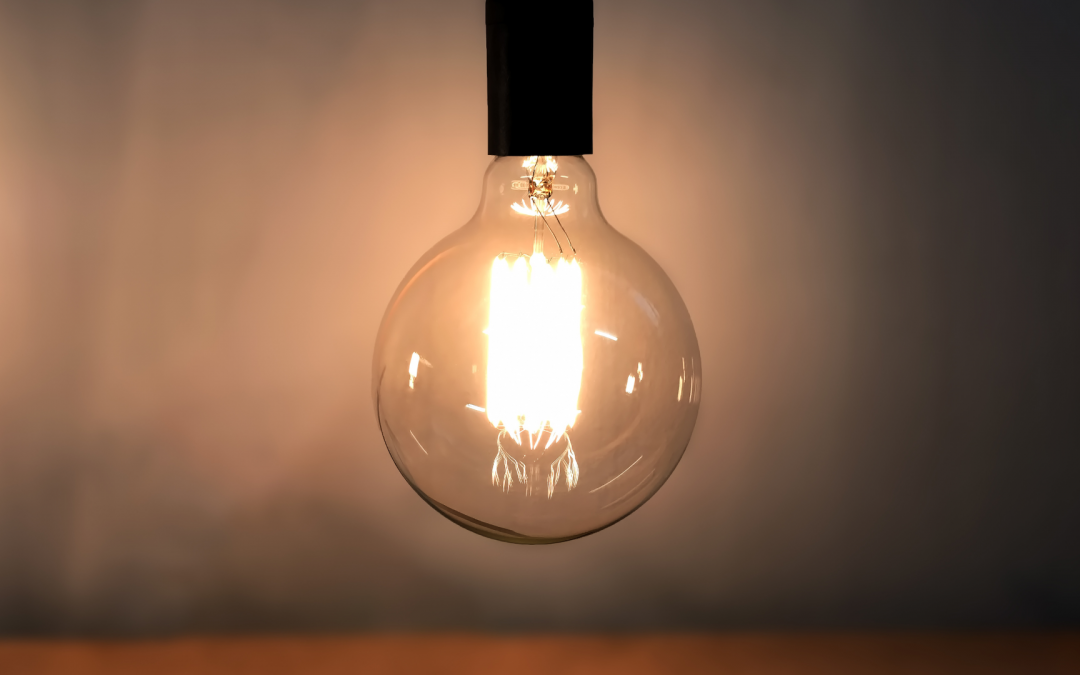Since we are approaching summer, then one of your first tasks may be to decide on the best way to heat and light your church. The choice has become easier with the emergence of LED lighting technology that delivers high quality, low energy light without incurring significant energy costs. This can also help save money on your energy bills too.
When you’re choosing the best way to heat and light a church, the first thing to consider is the best choice for artificial light.
When you’re choosing the best way to heat and light a church, the first thing to consider is the best choice for artificial light.
Artificial lighting can be controlled in many ways: dimmer switches, motion sensors, timers. The most common types of lights are fluorescent tubes and LED bulbs. Fluorescent tubes may use less energy than incandescent bulbs but they produce more heat which means that more air conditioner units will be required during summer months. LED bulbs are very efficient when compared with other kinds of lighting but they are not as bright as fluorescent tubes.[1]
Natural light comes from two sources: direct sunlight or indirect (reflected) sunlight from windows at different times of day throughout different seasons of the year.[2] This natural variation can cause problems for those who want control over their surroundings by making artificial light systems less effective than expected because there aren’t enough hours per day where it would make sense financially to invest money into equipment like HVAC systems.”
The choice has become easier with the emergence of LED lighting technology that delivers high quality, low energy light without incurring significant energy costs.
The choice has become easier with the emergence of LED lighting technology that delivers high quality, low energy light without incurring significant energy costs.
LEDs are more efficient than other types of lighting because they don’t produce as much heat and therefore require less power to run. They are also more durable and reliable, which means they can last longer before needing to be replaced. These factors combine to make LEDs a cost-effective choice for businesses as well as homeowners who want to reduce their carbon footprint or save money on their bills by using less electricity overall.
LED lights are environmentally friendly because they use less power than traditional sources like incandescent bulbs or fluorescent tubes without producing any harmful emissions in the process; this makes them a good choice if you’re looking to be green while saving money at home or work!
This can also help save money on your energy bills too.
If you’re looking to save on energy bills, lighting is a great place to start. LED lighting is more efficient than other forms of lighting, and it can be used in a number of different ways to save you money. For example:
- You could use LEDs to light up large areas. This means that less electricity is needed for illuminating an entire room or building with natural daylight.
- You could also use them for small applications like spotlights that provide illumination for smaller areas such as stairways or doorways. The same principle applies here—using LEDs will require less power than incandescent or fluorescent bulbs because they emit more lumens per watt than those types of bulbs do (lumens are how we measure light output).
Conclusion
When you’re choosing the best way to heat and light a church, the first thing to consider is the best choice for artificial light. The choice has become easier with the emergence of LED lighting technology that delivers high quality, low energy light without incurring significant energy costs. This can also help save money on your energy bills too.



Recent Comments